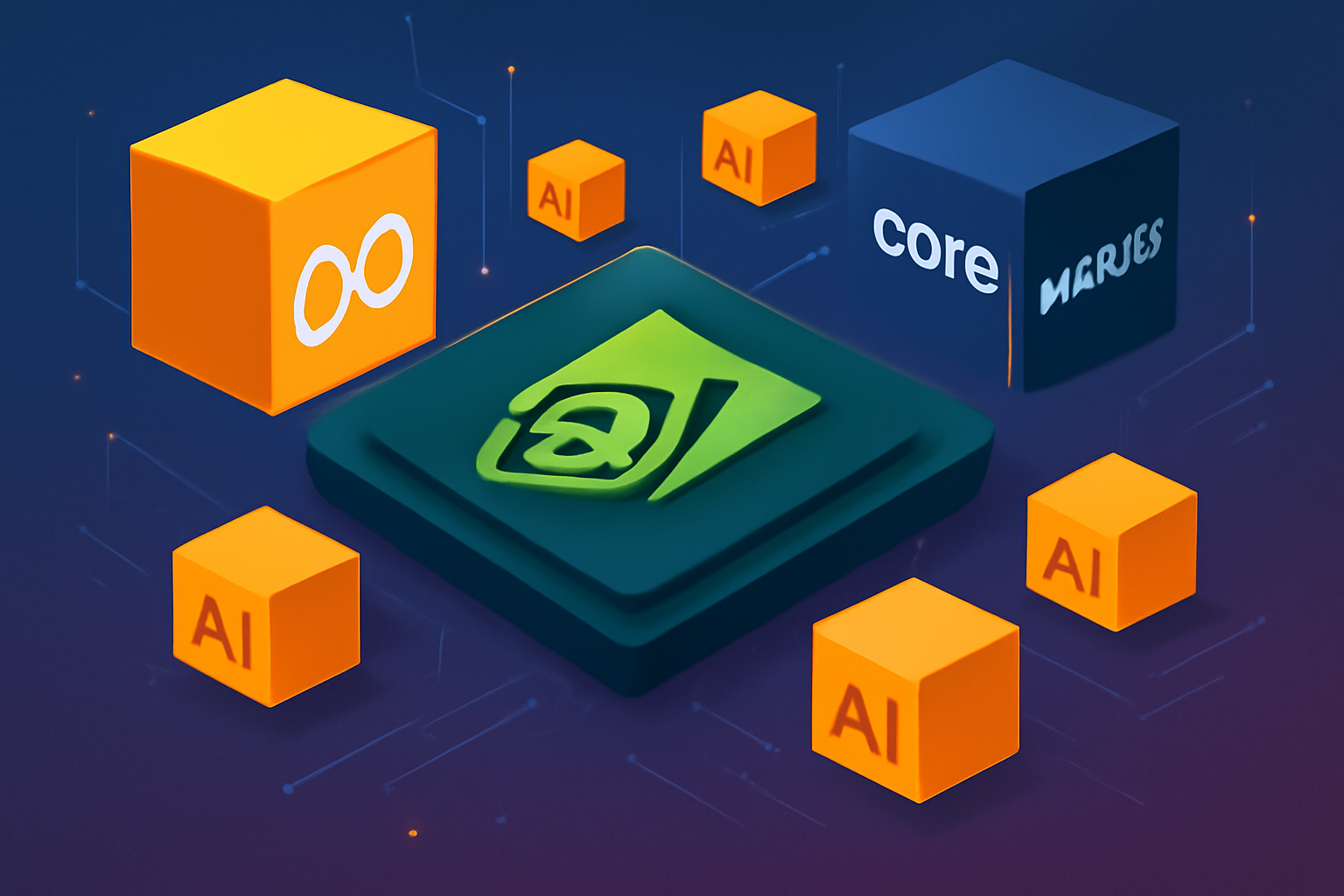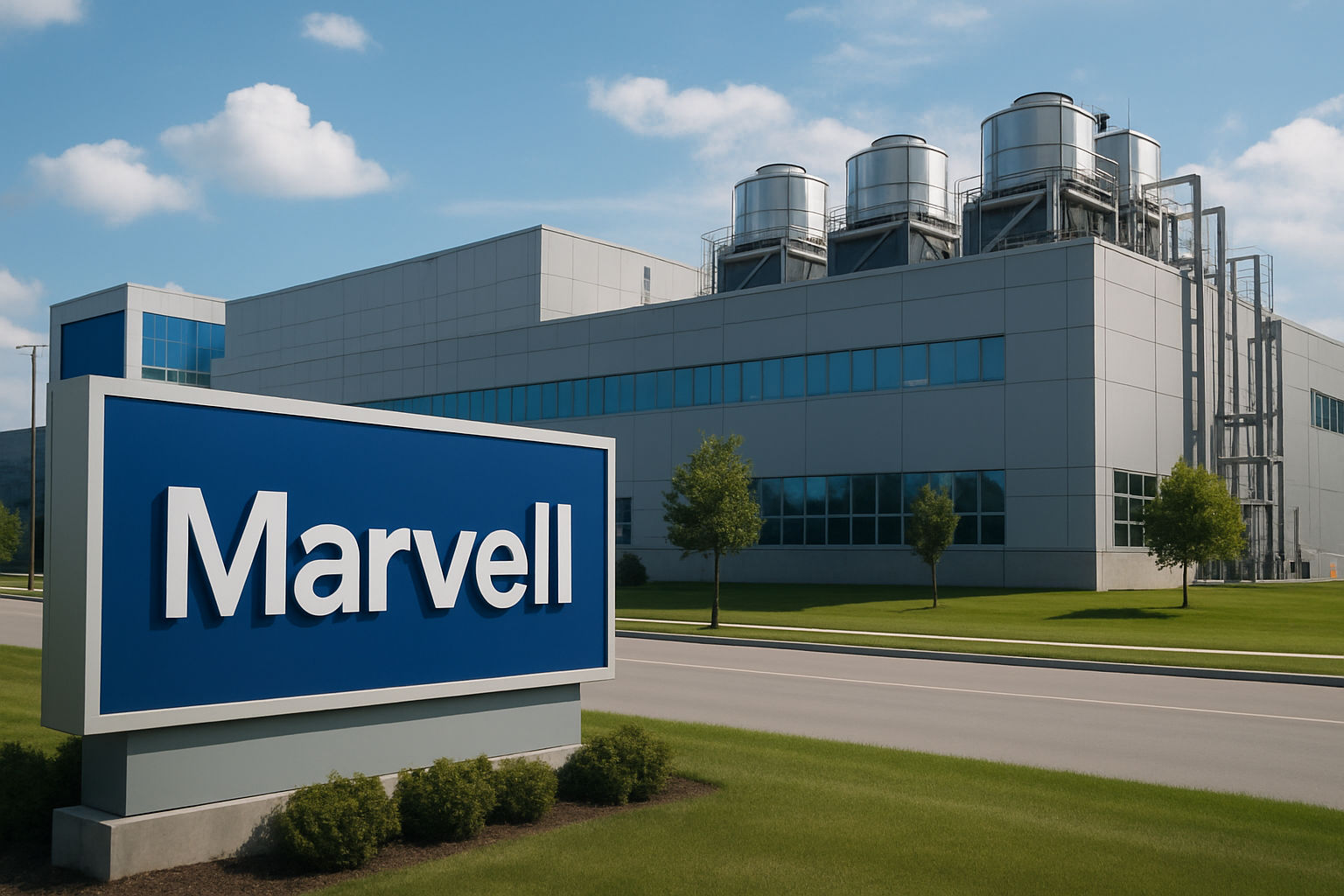In a market saturated with AI hype and fleeting innovations, a powerful undercurrent is taking shape—quietly led by Nvidia. At this year’s TechCrunch Disrupt and beyond, the chip giant’s deep-pocketed backing of AI infrastructure startups like CoreWeave, and its partnerships with enterprise players such as Meta, has sent ripples through the investment world. The story isn’t just about Nvidia anymore—it’s about the ecosystem it’s building.
With the S&P 500 tech index climbing over 15% year-to-date, and Nvidia now topping the $3.2 trillion market cap milestone, investors are asking: where’s the next breakout? The answer may lie not in the headlines, but in the quietly ascendant layer of AI companies rising beneath Nvidia’s massive shadow.
The Empire Behind the Curtain
Nvidia has transcended the role of a semiconductor powerhouse to become the backbone of the generative AI age. What’s less known, however, is how strategically it’s planting seeds across the AI infrastructure space. According to a recent TechCrunch report, Nvidia’s venture capital-style involvement is extending beyond GPU supply deals. It’s actively investing in and empowering a new breed of startups focused on high-performance computing (HPC), cloud-native AI workflows, and LLM-serving infrastructure.
CoreWeave, for example, has surged into the spotlight after closing a $7.5 billion debt financing round to expand its AI-focused cloud services—an achievement nearly unthinkable for a startup in this sector just two years ago. This round, backed by Blackstone and Magnetar Capital, was made possible largely due to its preferred access to Nvidia’s H100 GPUs.
Meta, too, has quietly aligned itself with Nvidia’s ecosystem by scaling up its AI model deployment using Nvidia’s cutting-edge chips, as noted in MarketWatch and KPMG Insights. As large language models (LLMs) mature, this alignment signals a new shift: cloud infrastructure and model delivery are as investable as the models themselves.
Why This Matters for Investors
While Nvidia remains a juggernaut, its valuation may have priced in much of the upside from AI’s first wave. The next alpha may emerge from second-tier infrastructure firms riding Nvidia’s momentum without its premium price tag. These include cloud-native GPU providers, AI data pipeline innovators, and vertical-specific LLM service firms.
A McKinsey & Company AI investment outlook from Q1 2025 estimates that AI infrastructure spending will grow at a CAGR of 41% through 2030, outpacing consumer-facing AI applications. That makes Nvidia-backed firms—especially those with early access to hardware, research partnerships, and favorable data licensing agreements—uniquely positioned for sustained scaling.
Furthermore, KPMG’s 2025 Global AI Readiness Index identified a surge in enterprise adoption, with 84% of global corporations planning to integrate AI-driven workflows within two years, significantly lifting the demand for scalable backend infrastructure.
Future Trends to Watch
- GPU-as-a-Service Models: Startups like Lambda Labs and CoreWeave are pioneering flexible GPU rental services optimized for LLM workloads—targeting customers priced out of AWS or Azure.
- Edge AI Deployment: Companies innovating in edge inference—like Tenstorrent and SiMa.ai—are poised to capitalize on AI’s movement beyond cloud centers into mobile and IoT applications.
- AI-native Data Warehousing: As LLMs require cleaner, scalable data, startups focused on synthetic data generation, labeling automation, and verticalized data lakes (e.g., for healthcare or finance) will be key enablers.
- Enterprise-Focused AI Ops: Platforms offering observability, security, and compliance tools tailored for LLM deployments are gaining investor attention, per Bloomberg Intelligence.
Key Investment Insight
Nvidia’s massive gains are undeniable, but late-stage investors may find limited upside in its already-stretched valuation. The smarter play now could be to track and selectively invest in Nvidia-adjacent startups, particularly those that:
- Secure early GPU allocation deals,
- Serve enterprise AI applications (B2B over B2C),
- Or address key pain points in AI scaling like latency, cost, and interpretability.
ETF alternatives such as the Global X Artificial Intelligence & Technology ETF (AIQ) or Roundhill Generative AI & Technology ETF (CHAT) offer diversified exposure to emerging AI infra.
Investors looking to ride the next wave of AI returns should think one layer deeper than consumer-facing apps or mega-cap tech. Follow the infrastructure—and follow the companies Nvidia believes in.
For daily investor updates like this, stay tuned to MoneyNews.Today—your edge in the evolving global financial landscape.





